Search
Search Results

Definition
Igor Stravinsky
Igor Stravinsky (1882-1971) was a Russian composer best known for his works for the stage, such as the ballets The Firebird, Petrushka, and the groundbreaking The Rite of Spring. The modernist composer lived in Switzerland, France, and then...
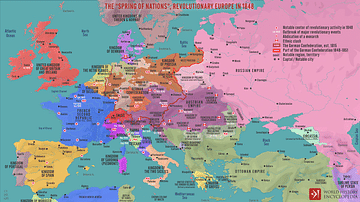
Image
The "Spring of Nations", Revolutionary Europe in 1848
A map illustrating the series of republican revolts and political upheavals against European monarchies in 1848, also known as the People's Spring or the Spring of Nations. The widespread violent unrest started in Sicily and, within a short...
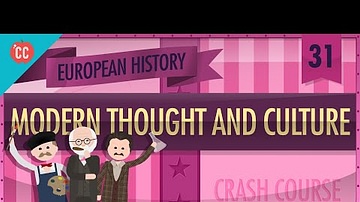
Video
Modern Thought and Culture in 1900s CE Europe: Crash Course
Europe was in transition politically and culturally at the beginning of the 20th Century CE. Today, we're looking at the dawn of modern science, and the rise of Modernism in the arts, especially in music, dance, and visual arts. We'll look...
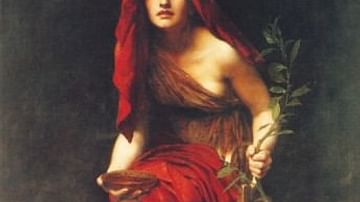
Definition
Pythia
The Pythia (or Oracle of Delphi) was the priestess who held court at Pytho, the sanctuary of the Delphinians, a sanctuary dedicated to the Greek god Apollo. Pythia were highly regarded, for it was believed that she channeled prophecies from...
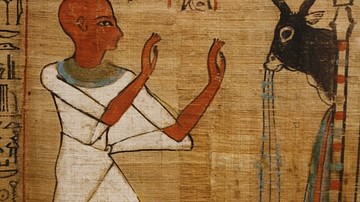
Quiz
Daily Life & Afterlife in Ancient Egypt
Afterlife Book of the Dead Canopy Class Coffin Texts Domestic Cult Field of Reeds Heka Kites of Nephthys Ma'at Nomarch Pyramid Texts Rite Scribe Senet Shabti Dolls Silo Veneration Vizier
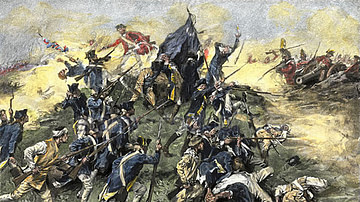
Article
Siege of Savannah
The Siege of Savannah (16 September to 20 October 1779) was a significant engagement in the American Revolutionary War (1775-1783). Hoping to retake Savannah, Georgia, which had fallen to the British the previous year, a Franco-American force...
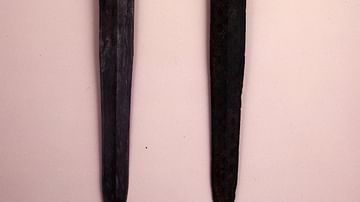
Article
Swords in Ancient Chinese Warfare
Although the bow and crossbow were the weapons of choice for much of China's history, the sword played its part, especially when warriors were forced to dismount and face the enemy at close quarters. Widely used from around 500 BCE, swords...
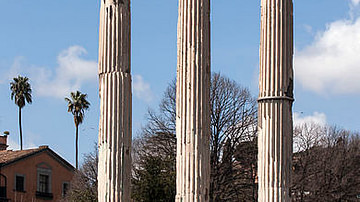
Article
Temple of Castor & Pollux
The Temple of Castor and Pollux in the Roman Forum of Rome was erected in the final decade of the 1st century BCE, replacing the earlier temple to the twin sons of Jupiter which had stood on the site since 484 BCE. Today only the inner concrete...

Collection
Chinese Philosophy
Ancient Chinese Philosophy developed during the Spring and Autumn Period (c. 772-476 BCE) and the Warring States Period (c. 481-221 BCE) in ancient China. This was the era known as the Hundred Schools of Thought, referring to many different...
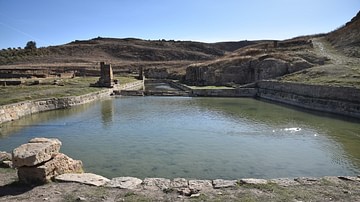
Image
Spring Complex in Thubursicum, Algeria
The Spring Complex in Thubursicum Numidarum (modern Khamissa in Algeria) is a monumental sanctuary with two water basins built to celebrate a spring regarded in antiquity to have been the source of the Bagradas River, which flows into the...